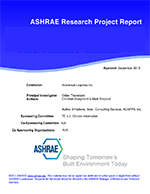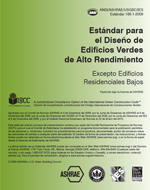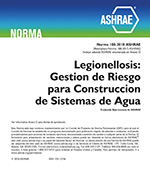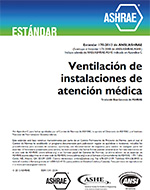Description
Over the past several years there has evolved a considerable emphasis on the development of computational tools for evaluation of heating and cooling energy in buildings. Several comprehensive state-of-the-art hourly calculation models have been written (e.g., NBSLD, DOE-2, and BLAST), and these have gained widespread acceptance as reliable estimation tools. Unfortunately, along with the increased sophistication of these models they have also become very complex and tedious to use. Therefore, the need for simplified energy estimation tools has begun to arise.
In recognition of this need, ASHRAE’s technical committee TC-4.7 developed a simplified method for energy calculations which has been published in the 1981 Handbook of Fundamentals (Chapter 28 – Energy Estimating Methods) as a modified bin method [1]. It has also become known as the TC-4.7 Simplified Energy Calculation Method. This technique involves computing the building loads at various outdoor temperature conditions and then multiplying the load by the number of hours that that temperature condition is known to exist. The result is In terms of energy requirements.
In order to keep this method practical to use, single temperature values are not used; rather, a temperature grouping known as a “temperature bin” is used. This requires that weather data be available In the form of “bin” tables which provide the average number of hours a certain temperature range (bin), generally 5-deg.F, occurs in each month of the year for selected locations. The most widely accepted source of this information 1s A1r Force Manual 88-29 [2] in which data are tabulated for most major cities and most military bases. The data available in AFM 88-29 provide the hours of occurrence of 5-degree “bins” In three dally 8-hour time periods, i.e., hours 1 to 8, 9 to 16, and 17 to 24, and the total hours of occurrence and the mean coincident wet-bulb for each month and for the whole year.
Product Details
- Published:
- 1984
- Number of Pages:
- 40
- File Size:
- 1 file , 1.2 MB
- Product Code(s):
- D-RP-385




